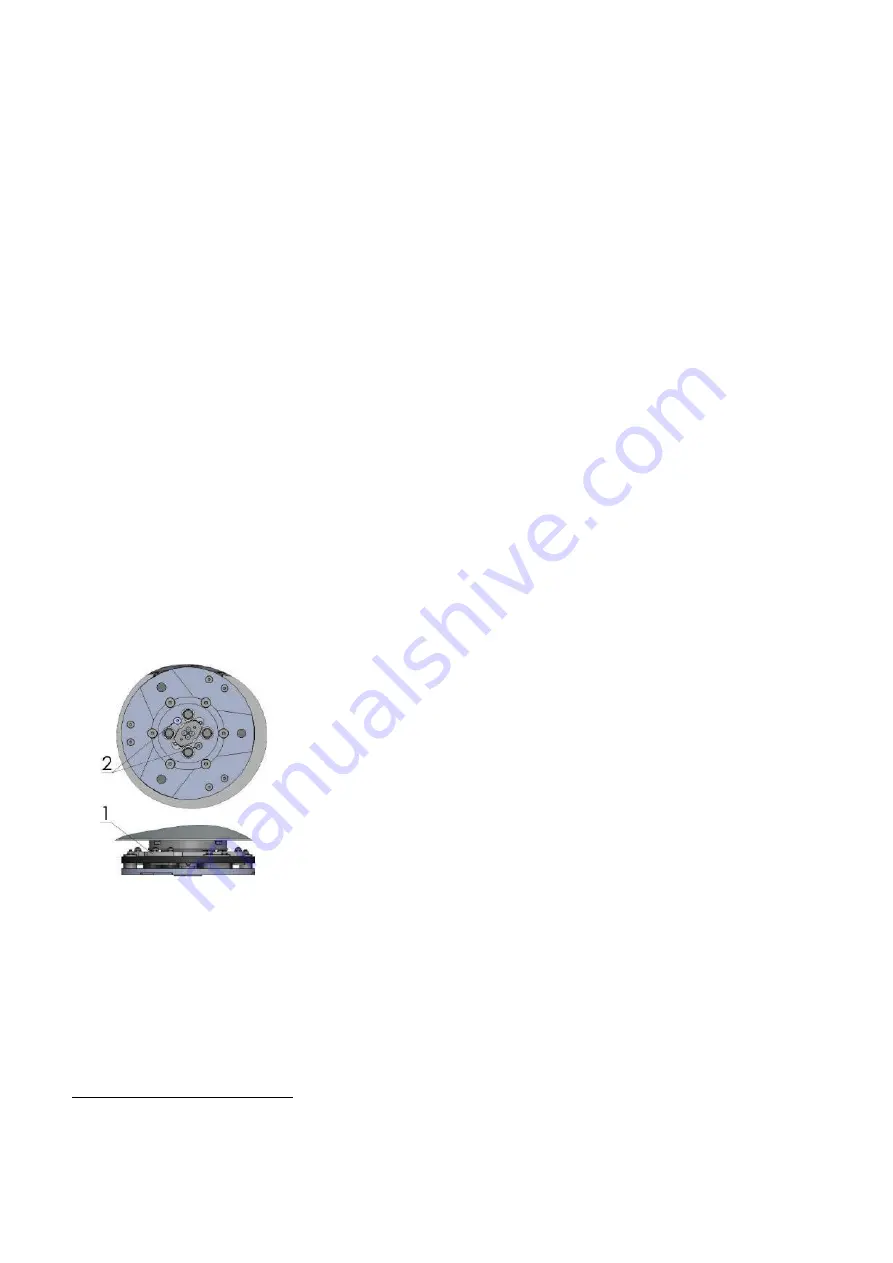
Superabrasive
User Manual Original Language
Lavina® 30GEB
1/2021
22
7.MAINTENANCE AND INSPECTION
REMARK
Tampering w/Emission Control System Prohibited
Federal law and California State law prohibits the following acts or the causing thereof: (1) the removal or rendering
inoperative by any person other than far purposes of maintenance, repair, or replacement, of any device or element at
design incorporated into any new engine for the purpose of emission control prior to its sale or delivery to the ultimate
purchaser or while it is in use, or (2) the use of the engine after such device or element of design has been removed or
rendered inoperative by any person. Among those acts presumed to constitute tampering, involve the parts/systems
listed below:
Carburetor and internal parts
Spark plugs
Magneto or electronic ignition system
Fuel filter element
Air cleaner elements
Crankcase
Cylinder heads
Breather chamber and internal parts
Intake pipe and tube
MECHANICAL PARTS
Parts such as the belt, seal rings, cap rings, spiders, buffers, guard assembly, tires are subject to wear and should be
replaced as needed.
CLEANING
Keep your machine clean. Cleaning the machine on a regular basis will help detect and solve potential problems before
they cause damage to the machine. Most importantly, check and clean the tool plate connections, vacuum hoses, water
tank and the Propane installation.
CHECK HOURLY
BONNET FILTER
‐
Make sure the bonnet air filter a top the engine is clean. It should be changed hourly and thoroughly
cleaned before reuse. The same for the recoil dust filter. If neglected the engine will overheat and carbon monoxide
emissions will elevate.
CHECK DAILY
After operating the Lavina® E machine, the operator should conduct a visual inspection of
the machine. Any defect should be solved immediately. Pay attention to power cords, plugs
and vacuum hoses, loose bolt or screws.
Tool holders: Buffers and elastic element are consumables and must be visually checked
daily and replaced if needed. See that flanges or discs are mounted and locked well in place.
The key lock holders (butterflies) should be also checked.
Check the rubber buffers and fixing of the holders. The flange holding the buffers (Fig.7.1_1)
has to be firmly fixed to the unit. A gap seen there means that there are loose screws fixing
the holder. The screws have to be tightened immediately for safe operation. Working with
loose screws on the holder could also cause bad damages on the machine. Tightening force
of the screws has to be 22...25N.m(16...18 ft/lbs).
It is very important to regularly check the screws (Fig.7.1_2) that fix the “Quickchange”
holder to the safety part, so that the holder will not fly away if the buffers get damaged.
“Quickchange” should be clean.
CHECK AND REPLACE AFTER THE FIRST 8 WORKING HOURS
Replace the oil in the engine after the first 8 hours work, according to the
instructions of the engine manufacturer.
Always use 30HD or 10W30 engine oil with all of the following ratings: SF, SG, and CC
CHECK AND REPLACE EVERY 50 WORKING HOURS
Change engine oil, while changing check for leakage of engine oil at the various seals. The hour meter will blink
between 48‐52 hours as a reminder. /"Engine Oil Capacity" is 1.5L(1.6US.qt) when oil filter is not removed
1.7L(1.8US.qt) when oil filter is removed/.
Recommended
Oil
Change
Intervals
Do not exceed the 50‐hour oil change interval. Oil changes more frequent than 25 hours will give even longer engine life. In
any case, always use 30HD or 10W30 engine oil with all of the following ratings: SF, SG, and CC. make sure the oil level is
maintained at the "FULL" level.
Figure 7.1









































